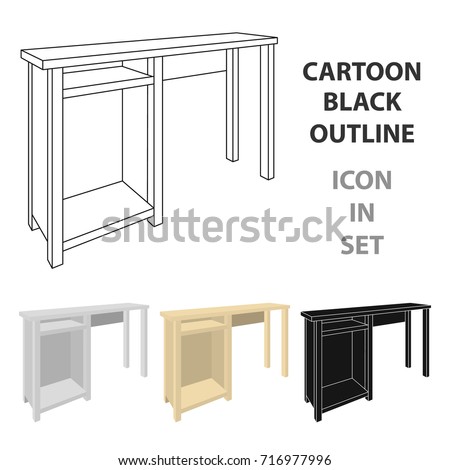Discover The Thrilling Trip Of Restoring Antique Closets, Disclosing Hidden Tales And Unlocking The Secrets Of The Past
Discover The Thrilling Trip Of Restoring Antique Closets, Disclosing Hidden Tales And Unlocking The Secrets Of The Past
Blog Article
Material Create By-Gorman Westermann
To begin the trip of recovering antique closets, you need a keen eye for information. Visualize discovering concealed keys within each layer of history ingrained in the wood. Image the complete satisfaction of restoring a once-forgotten piece to its former glory. Every action of this careful process holds the vital to preserving the past while developing a future heirloom. So, are you ready to embark on this transformative endeavor and unlock the possibility of your antique cupboards?
Assessing the Cabinet's Condition
When beginning the reconstruction process, beginning by examining the condition of the antique cabinet. Thoroughly take a look at the total framework for any type of indicators of damages such as cracks, chips, or loosened joints. Check the timber for any rot, bending, or insect infestation that might have occurred with time. It's important to identify the extent of the reconstruction required prior to proceeding even more.
Next, evaluate the cabinet's equipment such as hinges, knobs, and locks. Make note of any kind of missing out on items or components that require repair or replacement. Make sure that all hardware is operating appropriately and securely affixed to the cupboard.
Furthermore, assess the cabinet's finish. Search for any kind of scratches, spots, or staining that might affect the aesthetic allure. Determine if distressed look cabinets requires to be removed and reapplied or if a simple touch-up will be enough.
Gathering the Essential Tools and Materials
After evaluating the condition of the antique cabinet, the next action is to gather the needed devices and products for the restoration process. Before you start, ensure you have the complying with products available:
- wood cleaner
- sandpaper in different grits
- wood filler
- paint or timber stain
- brushes
- handwear covers
- safety goggles
- a dirt mask
- a drop cloth
- a putty knife
- a hammer
- a screwdriver
- a vacuum
These tools and materials are essential for a successful repair.
Wood cleaner is essential for eliminating years of dust and grime accumulation, preparing the surface for sanding. Sandpaper of different grits aids in smoothing out blemishes and preparing the wood for a new surface. Wood filler is handy for fixing any fractures, holes, or damages present in the cabinet.
Repaint or wood tarnish, together with brushes, enable you to tailor the cabinet to your preference. Keep in mind to wear handwear covers, safety and security goggles, and a dirt mask for security. Set a drop cloth to safeguard your work area, and use a hoover to tidy up any kind of particles.
With linked web site and materials collected, you prepare to begin the reconstruction process.
Executing the Reconstruction Process
To successfully perform the restoration procedure on your antique cabinet, begin by completely cleaning up the surface area with the timber cleaner. This step is essential as it helps eliminate years of dust, crud, and old polish that might have gathered externally.
When the cupboard is tidy and dry, analyze the condition of the timber. Try to find any type of splits, scratches, or various other problems that require to be dealt with. Use timber filler to fix any blemishes, seeing to it to match the filler color to the wood tone for a smooth surface.
After the fixings have dried out, carefully sand the entire surface area to create a smooth and also base for the brand-new finish. Beware not to sand too aggressively, as you don't wish to damage the timber beneath.
Once the sanding is complete, use a timber discolor or finish of your option, complying with the manufacturer's instructions. Allow the finish to completely dry completely before using a protective top coat to ensure the longevity of your recovered antique cabinet.
Conclusion
Now that you have actually completed the repair process, your antique cabinet looks comparable to new.
By complying with the detailed guide, you had the ability to analyze, fix, and enhance its condition with ease.
With a fresh finish and safety leading layer, your cherished item will certainly remain to shine for many years to find.
Enjoy the beauty of your restored antique cupboard!
